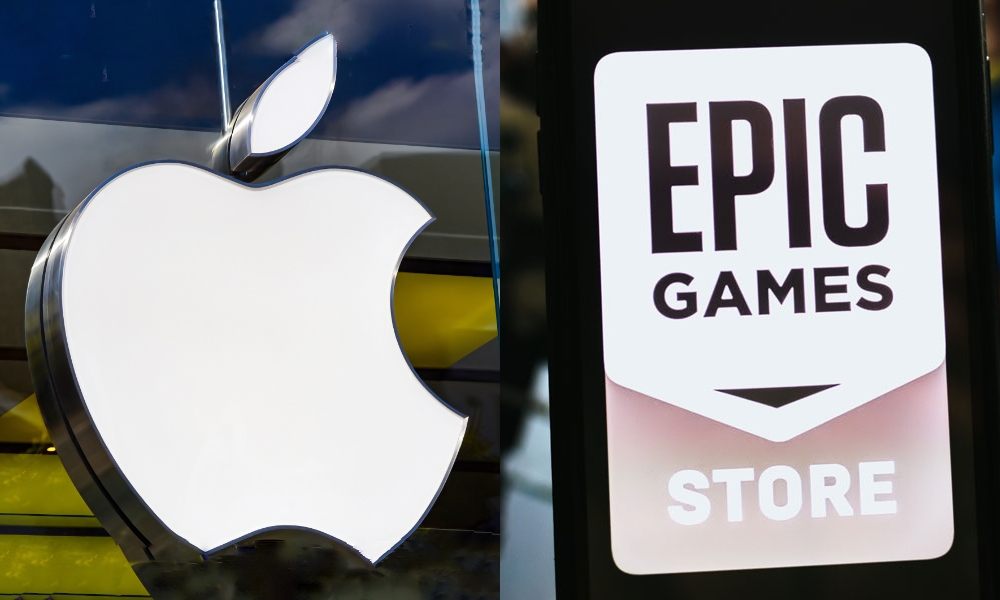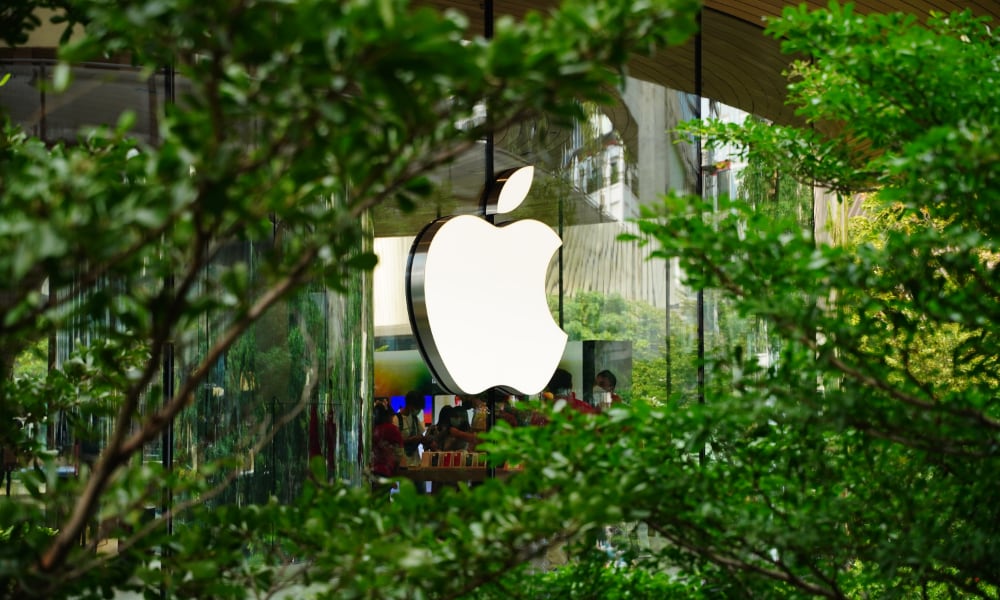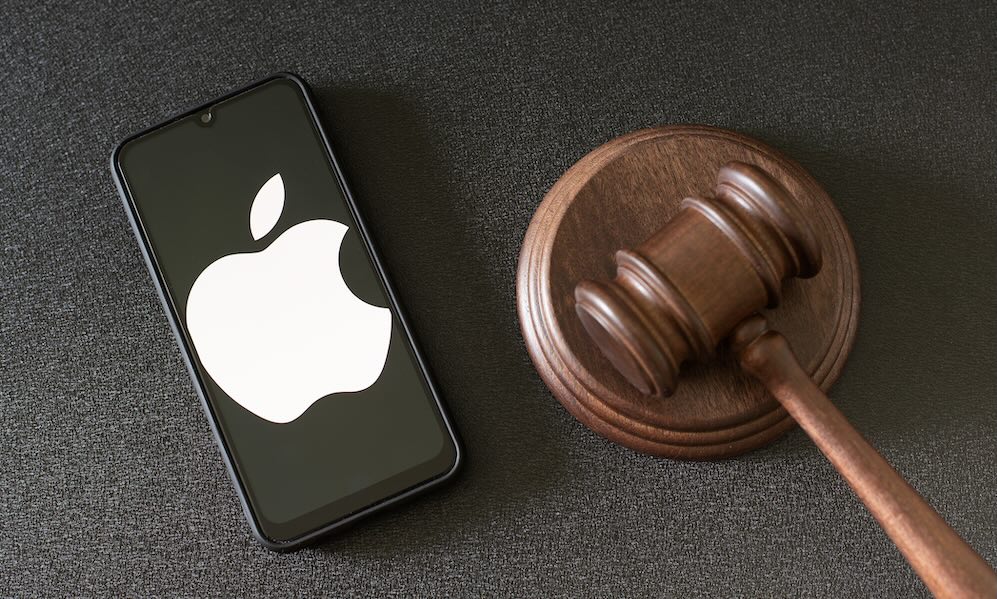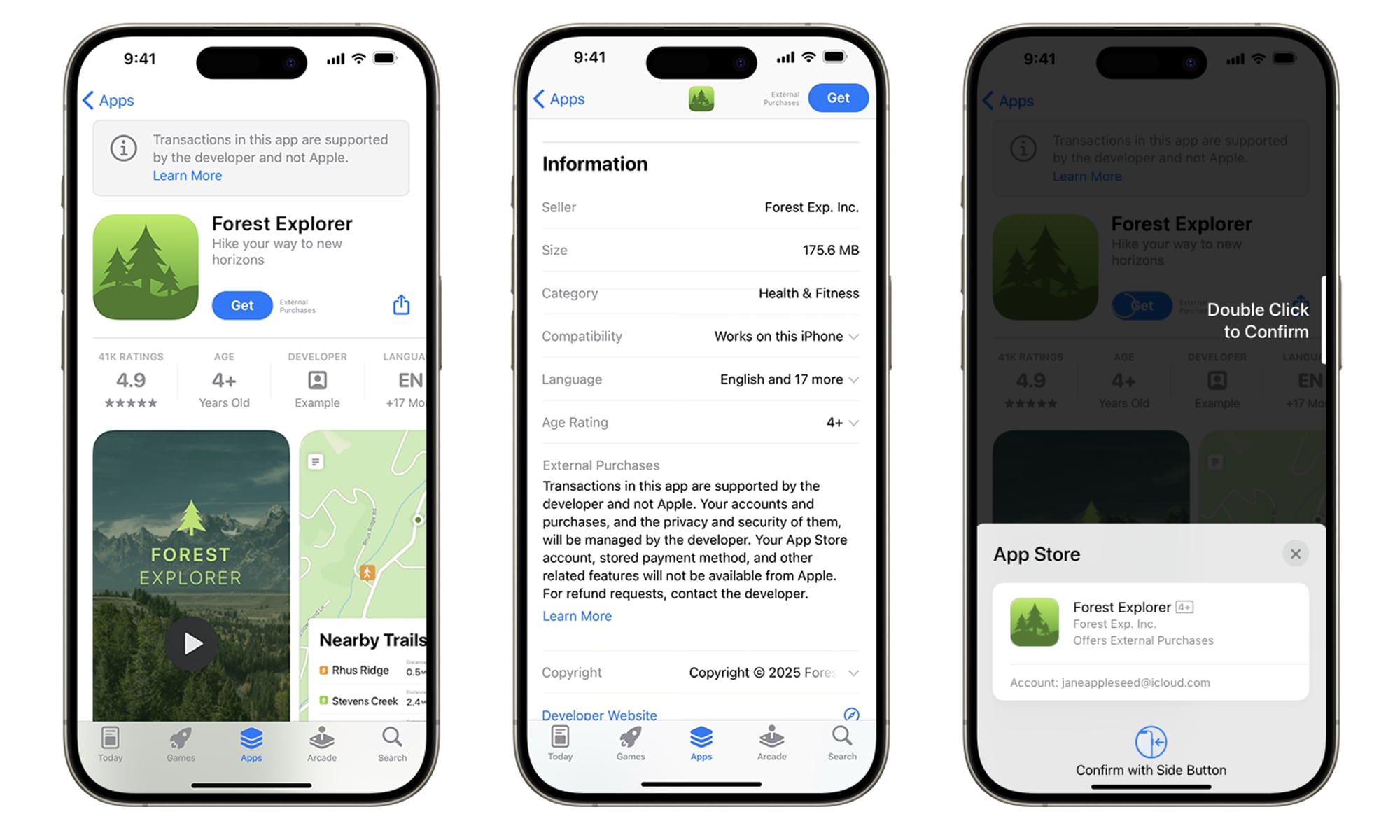Europe Is Getting Another Round of App Store Changes
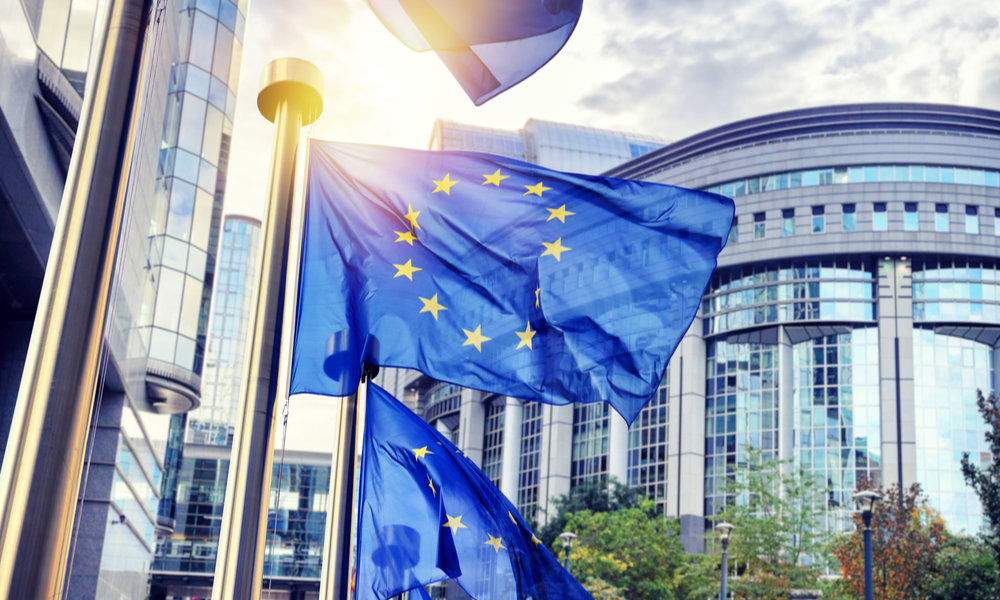 symbiot / Shutterstock
symbiot / Shutterstock
Toggle Dark Mode
In early 2024, Apple announced some big changes to how the App Store would be run in the European Union. Now, it’s taking those a step further in an effort to stay in line with EU regulators.
When Apple opened up app distribution in Europe, it wasn’t out of the goodness of its corporate heart. The European Commission had passed a new Digital Markets Act that ruled that “gatekeepers” — a category that included the iPhone and later the iPad — couldn’t use their strong economic position to dominate the market and cut out competition.
Apple responded to those rules by making sweeping changes that it believed brought it into compliance with the DMA, although it’s also fair to say that it did the minimum that was required of it. Developers were allowed to open third-party app marketplaces and sell their apps on those, bypassing the official App Store, where Apple would collect no commissions. Instead, Apple would charge these apps a “Core Technology Fee” of €0.50 per install for developers with over a million installs per year.
Meanwhile, developers who remained on the App Store were given the option to stay with the existing 30% commission structure or switch to a new program that would reduce their commissions to a maximum of 17% plus 3% for payment processing in exchange for paying the Core Technology Fee instead.
Apple also insisted on retaining some control over what apps would be allowed to run on its users’ devices. Apps distributed through third-party marketplaces would still need to be submitted to Apple for “notarization” to ensure they were free of malware and worked as advertised. However, Apple promised not to play nanny by exerting censorship over those apps.
Unsurprisingly, the most vocal opponents of the App Store were less than impressed with Apple’s changes. Epic Games CEO Tim Sweeney called it a “devious new instance of malicious compliance” by forcing developers to enter into complicated “junk fee” structures.
Responding to public concerns from hobbyist developers of free apps, Apple also adjusted its fee structure to avoid bankrupting those developers should their apps become popular enough to exceed the million-download threshold and begin incurring the Core Technology Fee with no revenue to support it.
The European Commission was also leery of Apple’s changes. Questions about how alternative app marketplaces would be set up prompted Apple to permit web-based sideloading, albeit in a somewhat limited fashion. Officials also objected to Apple’s notarization policies, insisting that it’s a democratically elected government’s job to protect its citizens from viruses, malware, scams, and pirated apps, not the responsibility of tech companies.
However, as with most bureaucracies, little was done immediately in response to Apple’s changes. Instead, the EC conducted an investigation, which moved at the usual speed of government. In April, the Commission hit Apple with a €500 million fine for non-compliance and hinted that it was only warming up, with a series of increasing fines if Apple didn’t comply within 60 days.
Apple Complies… Sort Of
The deadline for compliance was June 26, and Apple isn’t about to flout the law, although it’s still fighting these changes through the EU’s normal appellate process.
Apple posted a developer announcement today that lists the changes while making it clear that these are being done under protest:
The European Commission has required Apple to make a series of additional changes under the Digital Markets Act
“The European Commission is requiring Apple to make a series of additional changes to the App Store,” Apple said in a statement to various media outlets. “We disagree with this outcome and plan to appeal.”
Ironically, the first of these changes is similar to what Apple has also been forced to do in the US: allow developers to “communicate and promote offers for purchase of digital goods or services available at a destination of their choice,” rather than forcing everything to go through the App Store.
This is colloquially known as Apple’s “anti-steering” rule, and it’s the most controversial and indefensible of its policies. This is the App Store rule that long prevented companies like Netflix and Spotify from even telling users how to sign up for an account unless they were willing to give 15–30% of their subscription fees to Apple by using its in-app purchasing system.
Apple has been absurdly reluctant to relax this rule, even in the face of pressure from multiple government regulators, including not only the EU but also Japan, South Korea, and the United States. Under its original DMA plan, Apple allowed developers to include only a single link to their own website, and that was only after the DMA forced the issue.
The new changes remove nearly all those restrictions. Developers will be able to link to virtually anywhere they like from within their apps, and use multiple links if necessary to effectively promote offers. This can include not only linking back to their website, but even linking to alternative app marketplaces where they may be able to offer better deals.
It’s not hard to see why Apple doesn’t like this idea — and it looks like it still won’t be making it easy for developers. Apps that want to “communicate and promote offers for digital goods or services” will need to deal with a new series of fees, including an “initial acquisition fee” of up to 2%, and two tiers of “store services fees.” Developers who want “the complete suite of all capabilities designed to maximize visibility, engagement, growth, and operational efficiency” will need to pay a 13% fee. However, they can opt out of the “Tier 2” services and pay only 5% for basic “app delivery, trust & safety, app management, and engagement.”
Apple is also transitioning the per-install Core Technology Fee to a new 5% Core Technology Commission, which will be charged on all sales of digital goods or services that occur within the first year after a user installs, reinstalls, or updates an app.
The fees only apply to apps that choose to use external purchases, but the good news for developers (sort of) is that they’ll only be charged on purchases made through “actionable” links that can be tapped, clicked, or scanned. Presumably, developers will be able to avoid these fees if they can convince users to manually visit their website to purchase digital goods or services.
If you think this all sounds very confusing, you’re right. It remains to be seen how the European Commission will respond to this, but we don’t imagine they’ll be impressed. When Apple tried a similar tactic in the US App Store last year to comply with the 2021 injunction against the anti-steering provision, it found itself on the wrong side of a furious judge who accused the company of seeking to interfere with competition as much as possible, stating it created “new barriers and new requirements to increase friction and increase breakage rates” and “at every turn chose the most anticompetitive option.”
That’s not unlike what’s happening in the EU, where Apple seemingly hopes that most developers will read through the complicated list of fees and decide it’s far simpler to stay on the App Store and do everything through Apple’s in-app purchasing system.


